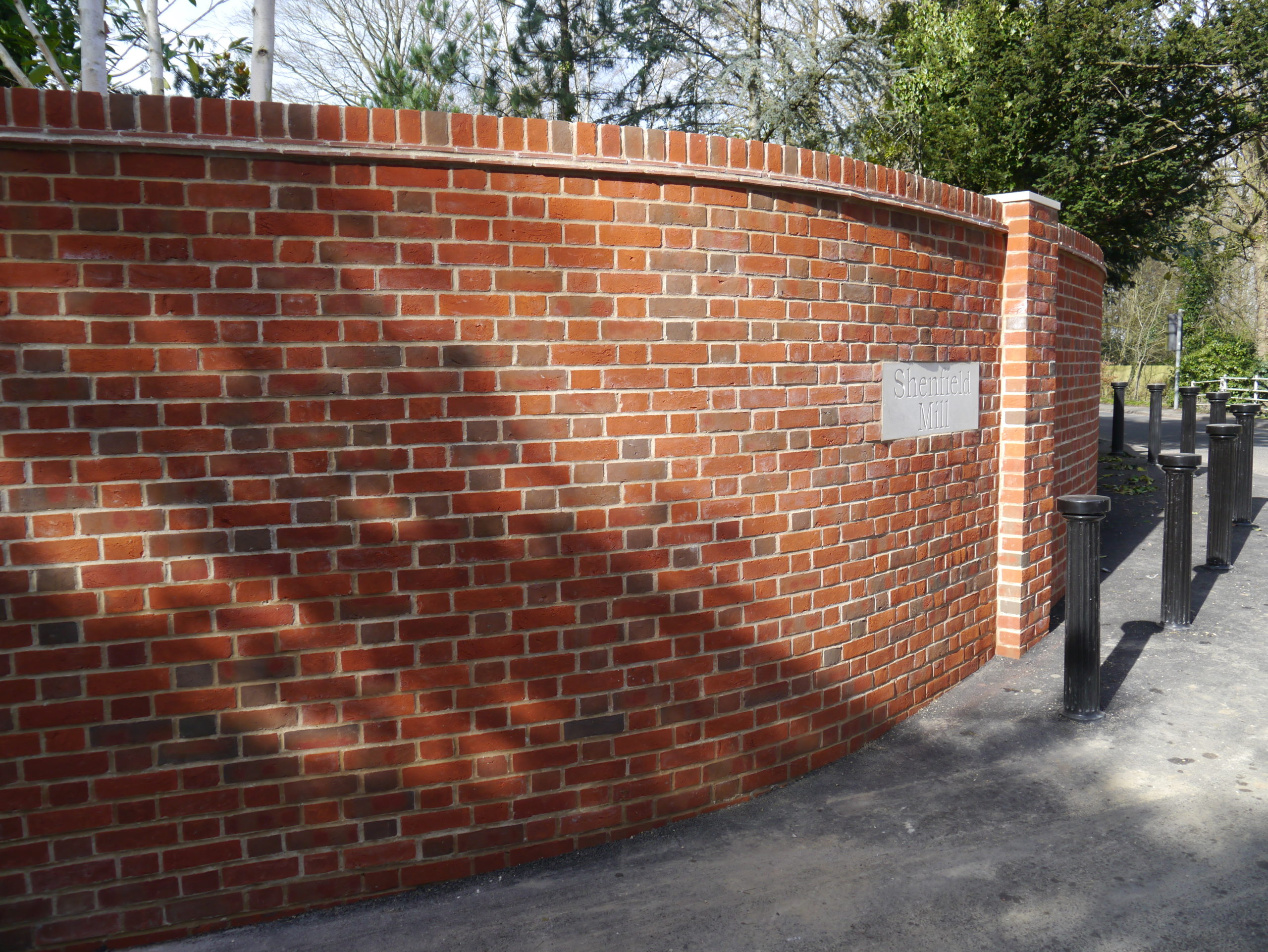Image Source: Google
In a world where modern architecture often leans towards sleek glass facades and steel structures, the use of facing bricks brings a sense of warmth, tradition, and character to buildings. These humble building blocks have been used for centuries and continue to be a popular choice for architects looking to create timeless and distinctive designs. Let's delve into the versatility and charm of facing bricks in modern architecture.
The History of Facing Bricks
Bricks have been a staple in construction for thousands of years, with the earliest known bricks dating back to around 7000 BC. The use of bricks as a building material became more widespread with the rise of the Roman Empire, where they were used to create impressive structures such as the Colosseum and the Roman Baths.
What are Facing Bricks?
Facing bricks, also known as exterior bricks or brick veneers, are specially manufactured bricks that are designed to be visible and used as the outer layer of a building. These bricks are carefully crafted to be durable, weather-resistant, and aesthetically pleasing, making them ideal for both residential and commercial construction projects.
The Versatility of Facing Bricks
- Facing bricks come in a wide range of colors, textures, and finishes, allowing architects to create unique and customized designs.
- Brick sizes and shapes can vary, offering endless possibilities for creative patterns and arrangements.
- Facing bricks can be used in combination with other materials such as glass, steel, and concrete to create striking visual contrasts.
Benefits of Using Facing Bricks
Durability and Longevity
Facing bricks are known for their durability and low maintenance requirements, making them a practical choice for buildings that need to withstand the test of time. When properly installed and maintained, facing bricks can last for decades without losing their visual appeal.
Energy Efficiency
Brick is a naturally insulating material, helping to regulate indoor temperatures and reduce energy costs. Buildings constructed with facing bricks have excellent thermal performance, keeping occupants comfortable year-round.
Sustainable Building Practices
Bricks are made from natural materials such as clay and shale, making them an environmentally friendly choice for sustainable construction. Additionally, facing bricks can be recycled and reused, further reducing their environmental impact.
Inspiring Examples of Brick Architecture
Barcelona Pavilion, Spain
The Barcelona Pavilion, designed by renowned architect Mies van der Rohe, features a stunning combination of glass, steel, and facing brick. The use of brick in this modernist masterpiece adds a sense of warmth and texture to the sleek and minimalistic design.
Brick Neighborhood, Netherlands
In the Brick Neighborhood in Houten, Netherlands, facing bricks are used to create a cohesive and charming residential area. The varied colors and textures of the bricks give each building a unique identity while maintaining a sense of unity and continuity throughout the neighborhood.
Brick Office Building, United Kingdom
This contemporary office building in London showcases the versatility of facing bricks in modern architecture. The use of oversized bricks and geometric patterns creates a bold and dynamic facade that stands out in the urban landscape.
Conclusion
Facing bricks offer a timeless charm and versatility that make them a popular choice for architects and designers looking to create distinctive and enduring buildings. From historic landmarks to contemporary masterpieces, the use of facing bricks continues to enrich the world of modern architecture with its warmth, texture, and character.
